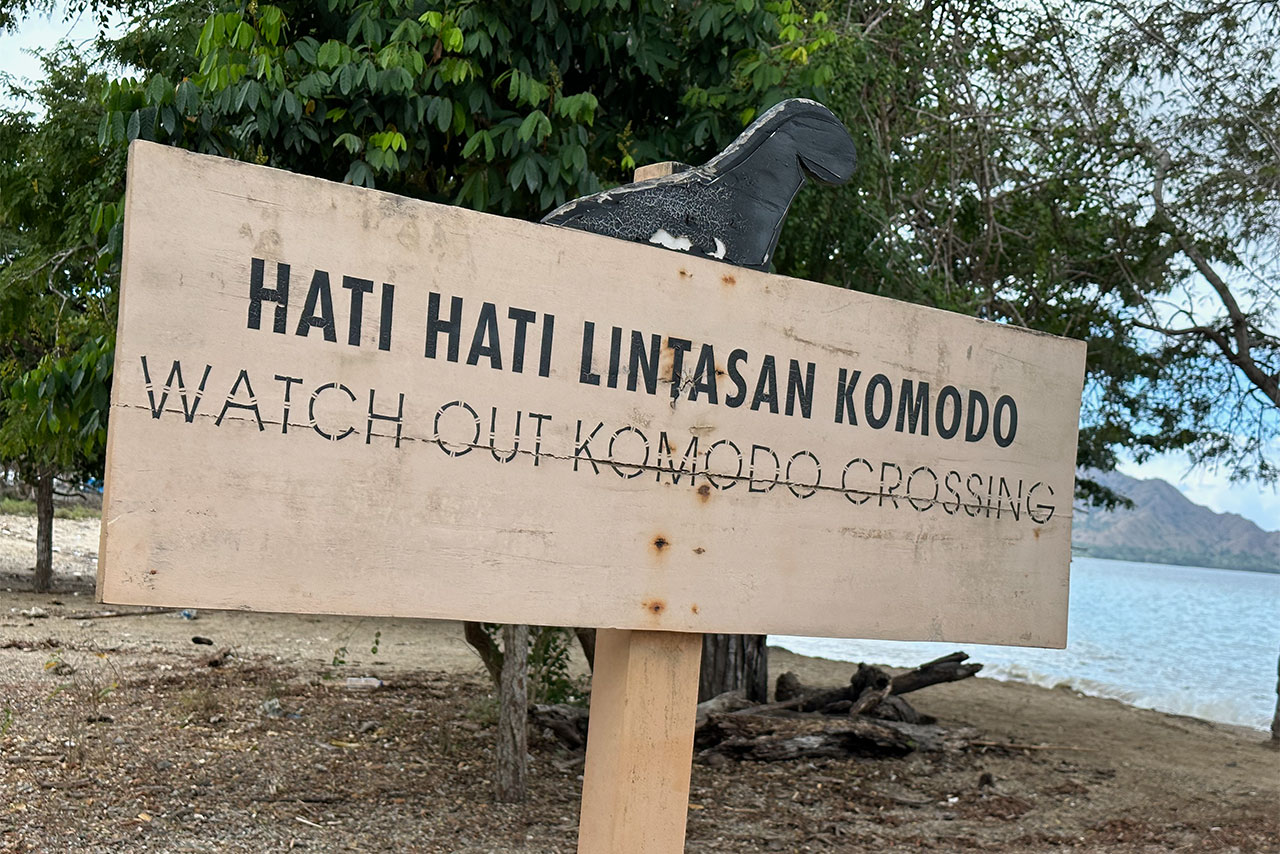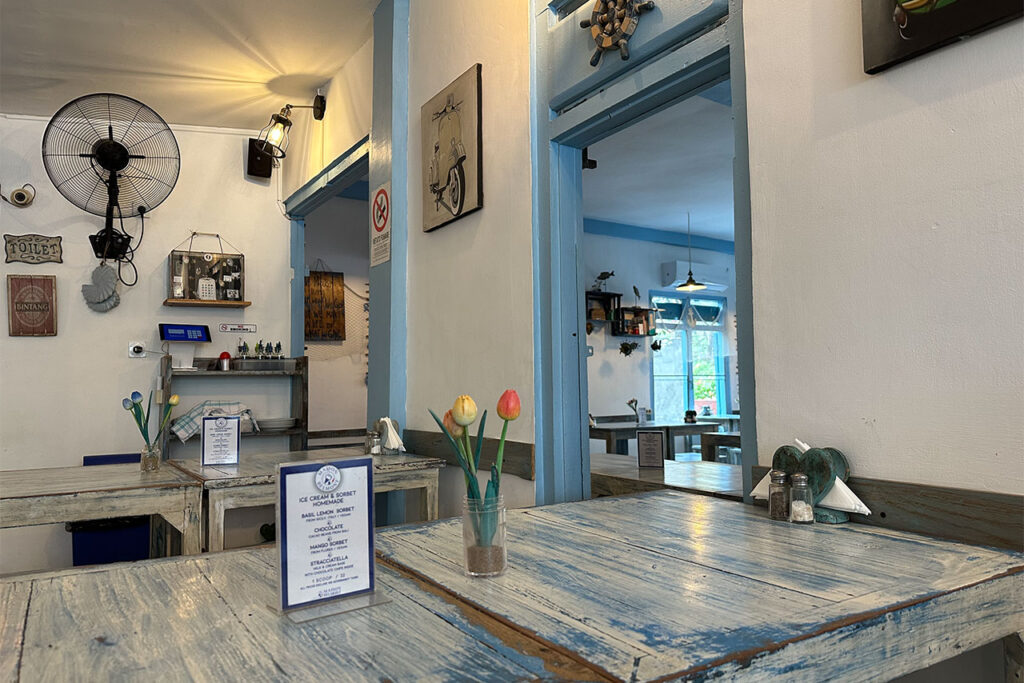You’re planning a trip to Labuan Bajo and Komodo? That’s exciting, but there’s something you need to know first. While these Indonesian islands offer incredible adventures, they’re not your typical tourist destination. From prehistoric predators to unpredictable ocean currents, the risks here are real. Don’t worry though – with the right preparation, you’ll stay safe while experiencing one of the world’s last wild frontiers. Let’s start with what matters most.
Essential Health Precautions and Medical Preparedness
Before you set foot in Labuan Bajo or venture to Komodo Island, you’ll need to protect yourself from tropical diseases and medical emergencies. Get vaccinated for hepatitis A, typhoid, and tetanus. Pack mosquito repellent to prevent dengue fever and malaria. Bring your prescription medications plus extras. Include antibiotics, anti-diarrheal pills, and pain relievers in your first-aid kit. Find the nearest hospital’s location and contact details. Buy travel insurance that covers medical evacuation. Drink only bottled water. Avoid ice cubes and raw foods. Carry hand sanitizer. Know that medical facilities are basic, so prevention is essential.
Wildlife Safety Guidelines for Komodo Dragon Encounters
Three meters is the minimum safe distance you’ll need to keep from any Komodo dragon you encounter. These apex predators can sprint up to 20 kilometers per hour. They’ll attack if they feel threatened.
Never turn your back on a dragon. Don’t run—back away slowly instead. Make yourself look bigger by raising your arms. Stay with your guide at all times. They carry forked sticks for protection.
Don’t eat near dragons. They have an incredible sense of smell. Keep food sealed in your backpack. If a dragon approaches, stand still and let your guide handle the situation.
Ocean and Water Safety Measures
Strong currents sweep through the waters around Komodo and Labuan Bajo. You’ll need to check conditions before swimming or diving. Don’t enter the water alone. Always wear a life jacket on boats. The ocean here isn’t for beginners.
Watch for jellyfish and sea urchins near shores. They’re common and painful. Wear water shoes when walking on rocks. Don’t touch coral or marine life. It’s dangerous and illegal.
Stay close to your dive guide. These waters have strong downcurrents. If caught in a current, swim sideways, not against it. Never dive beyond your certification level.
Boat Travel and Island Hopping Safety Protocols
When you’re booking a boat tour, check the vessel’s safety equipment first. Look for life jackets, emergency radios, and first aid kits. Ask about the captain’s license and experience. Don’t board overcrowded boats. Check weather forecasts before departing. During trips, wear your life jacket at all times. Stay seated when the boat’s moving. Keep your belongings secure in waterproof bags. Choose reputable tour operators with good reviews. Avoid cheap, unlicensed boats. Confirm the itinerary includes safe harbors. Tell someone your travel plans. Bring sunscreen, water, and snacks. Never swim from moving boats.
Trekking and Hiking Safety in Komodo National Park
After reaching the islands safely, you’ll want to explore Komodo National Park‘s rugged terrain. Always trek with a licensed ranger. They know dragon behavior and carry safety sticks. Stay in your group. Don’t wander off alone. Komodo dragons move fast and climb trees.
Wear closed shoes and long pants. Bring water and sunscreen. The heat’s intense. Start hikes early morning when it’s cooler. Watch your step on rocky paths. If you see a dragon, don’t run. Back away slowly. Keep quiet. Listen to your ranger’s instructions. They’ll keep you safe while you enjoy this incredible experience.
Scuba Diving and Snorkeling Risk Management
Before you plunge into Komodo’s waters, check your operator’s safety record. Choose dive shops with certified instructors and well-maintained equipment. Don’t dive if you’re feeling unwell or haven’t dived recently. Strong currents around Komodo demand experience – beginners should stick to calmer sites. Always dive with a buddy and follow your guide’s instructions. Check your gear before entering the water. Watch for jellyfish, sea urchins, and fire coral. Keep your distance from marine life. Ascend slowly to avoid decompression sickness. If you’re snorkeling, wear a life jacket if you’re not a confident swimmer. Stay hydrated between dives.
Sun Protection and Heat-Related Illness Prevention
The tropical sun in Labuan Bajo hits harder than you’d expect. You’ll burn quickly without protection. Apply SPF 50+ sunscreen every two hours. Wear a wide-brimmed hat and UV-blocking sunglasses. Light, loose clothing covers skin better than tank tops.
Drink water constantly—at least three liters daily. Don’t wait until you’re thirsty. Pack electrolyte tablets for longer boat trips. Take breaks in shade between 11am and 3pm when UV rays peak.
Watch for heat exhaustion signs: dizziness, nausea, rapid heartbeat. If you feel unwell, find shade immediately. Cool down with wet towels and rest.
Emergency Contacts and Evacuation Procedures
What happens when things go wrong in remote Komodo? You’ll need quick access to help. Save these numbers in your phone: Indonesian emergency (112), tourist police (0385-41110), and Siloam Hospital Labuan Bajo (0385-2540900). Most dive operators carry satellite phones for boat emergencies. Know your hotel’s evacuation plan. The nearest decompression chamber is in Bali – a medical flight away. Travel insurance with evacuation coverage is essential. Download offline maps before island hopping. Tell someone your daily plans. Keep your embassy’s contact details handy. In serious emergencies, helicopters can reach Labuan Bajo’s airport.



